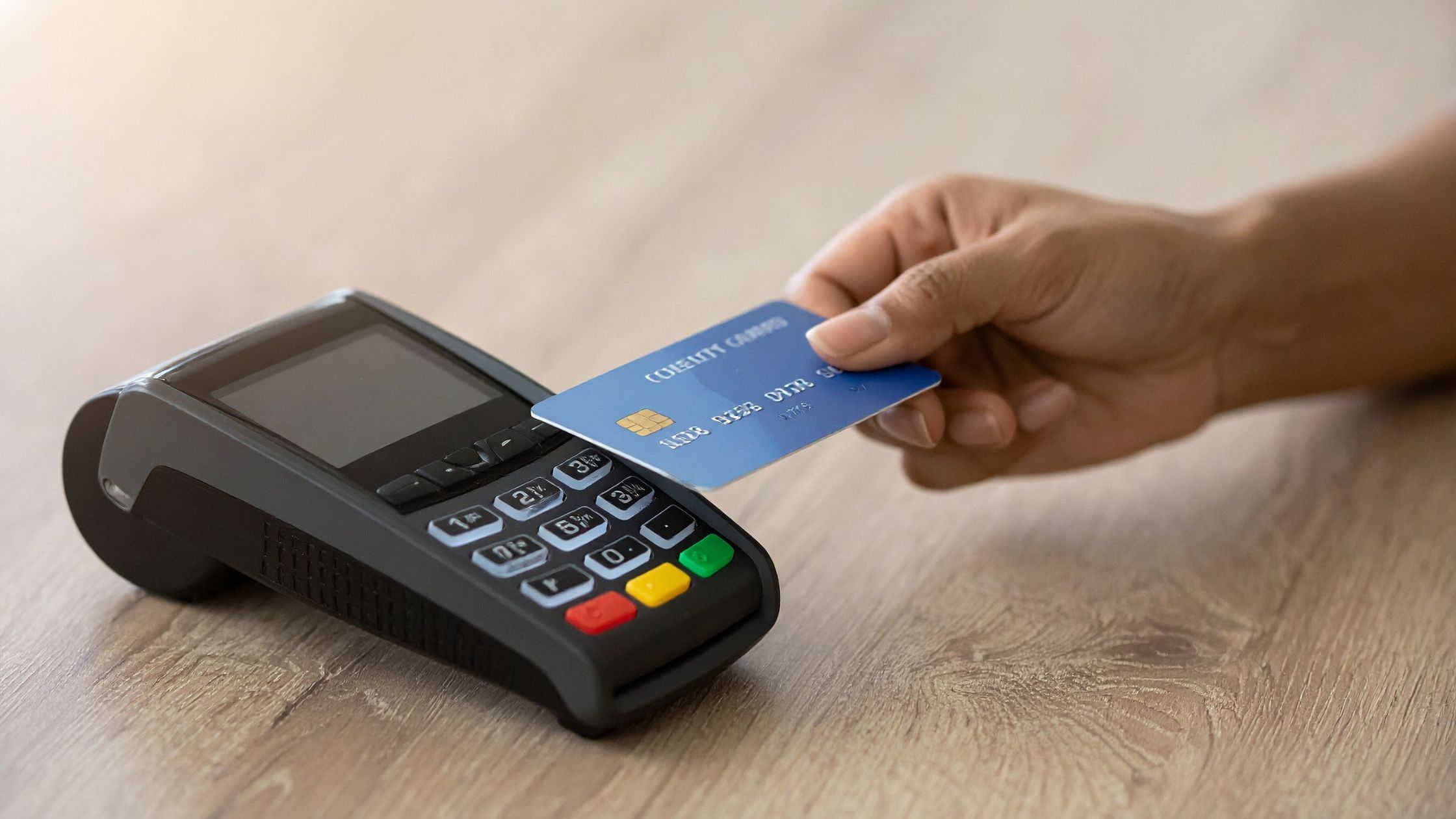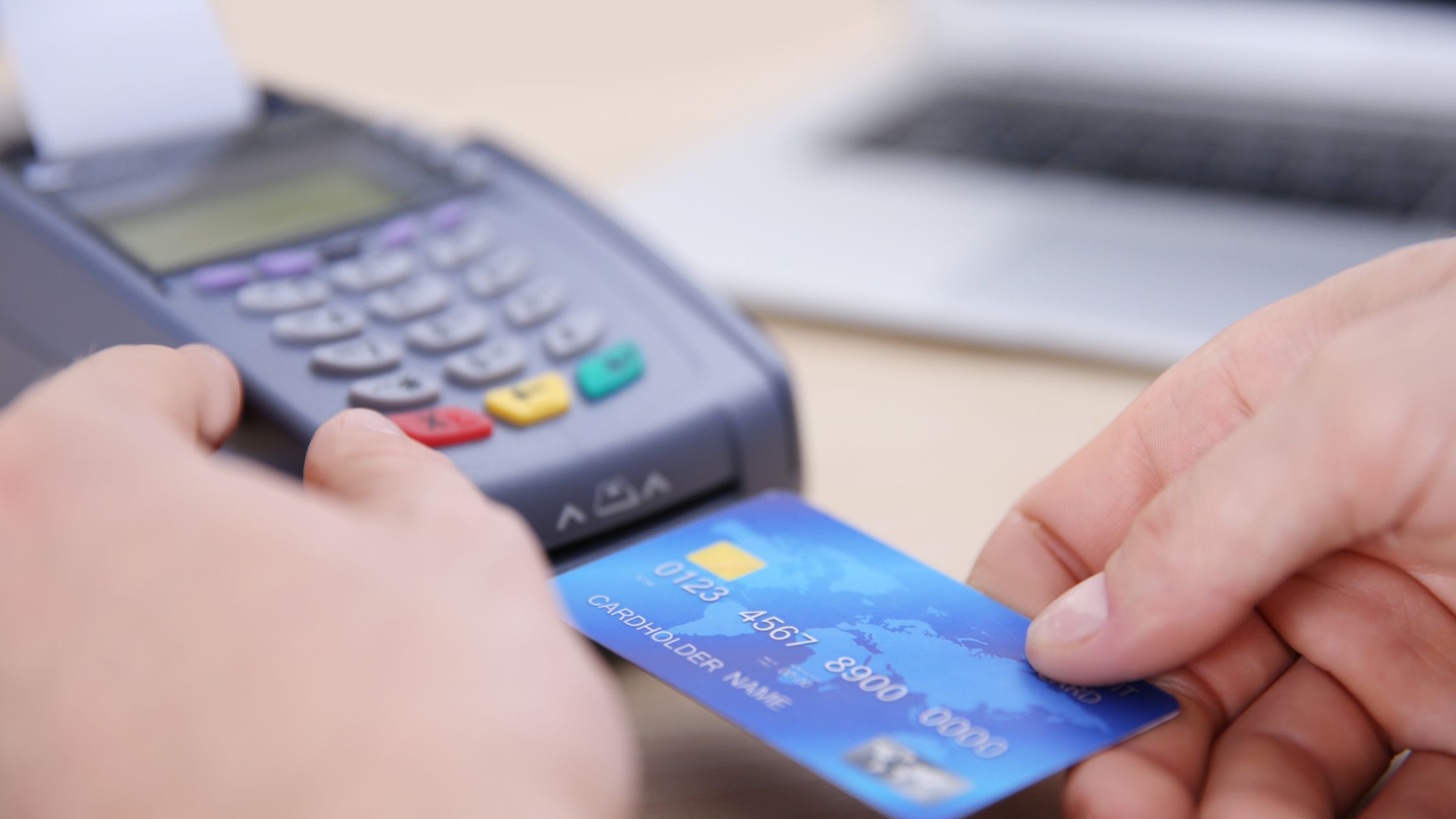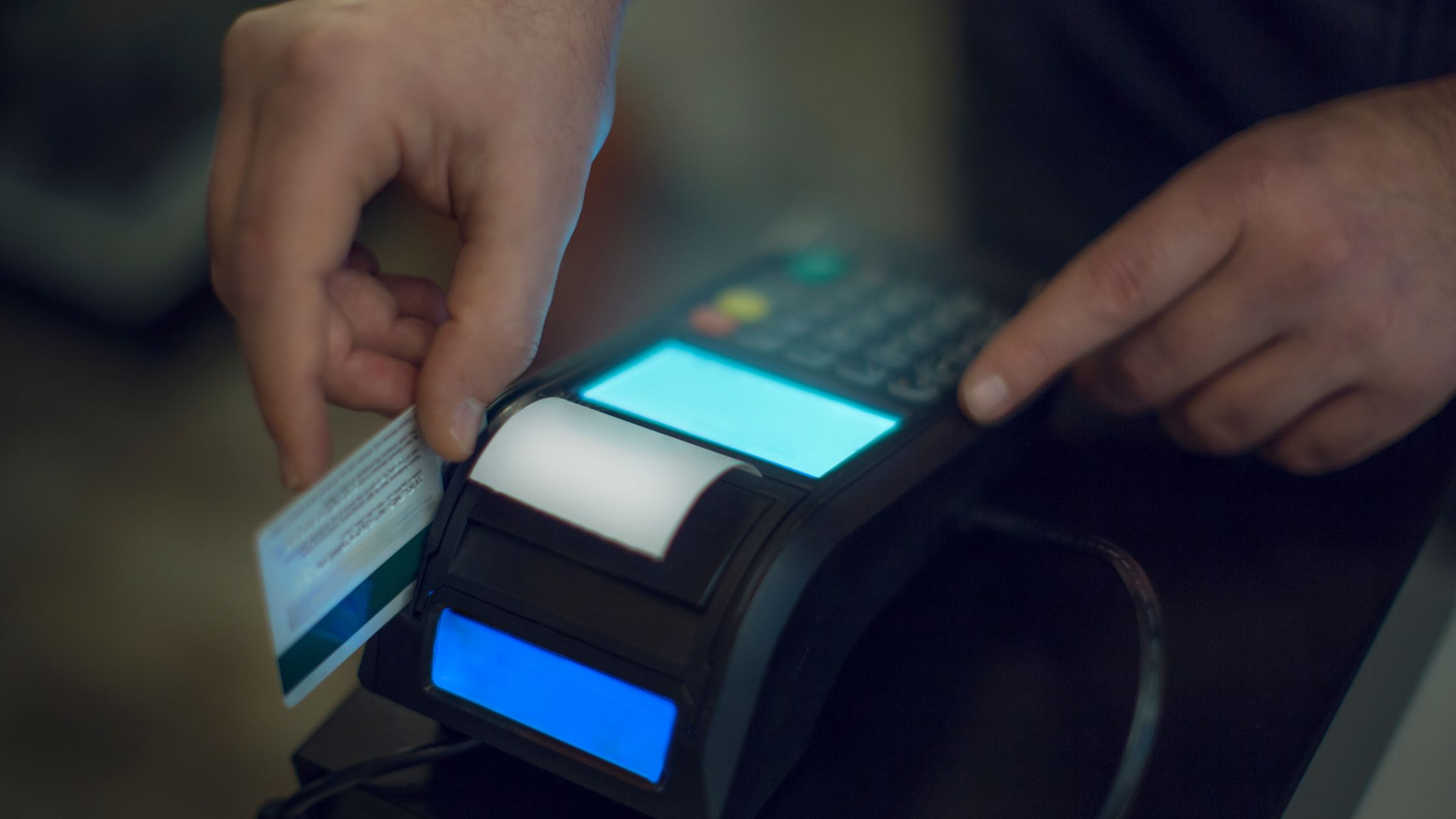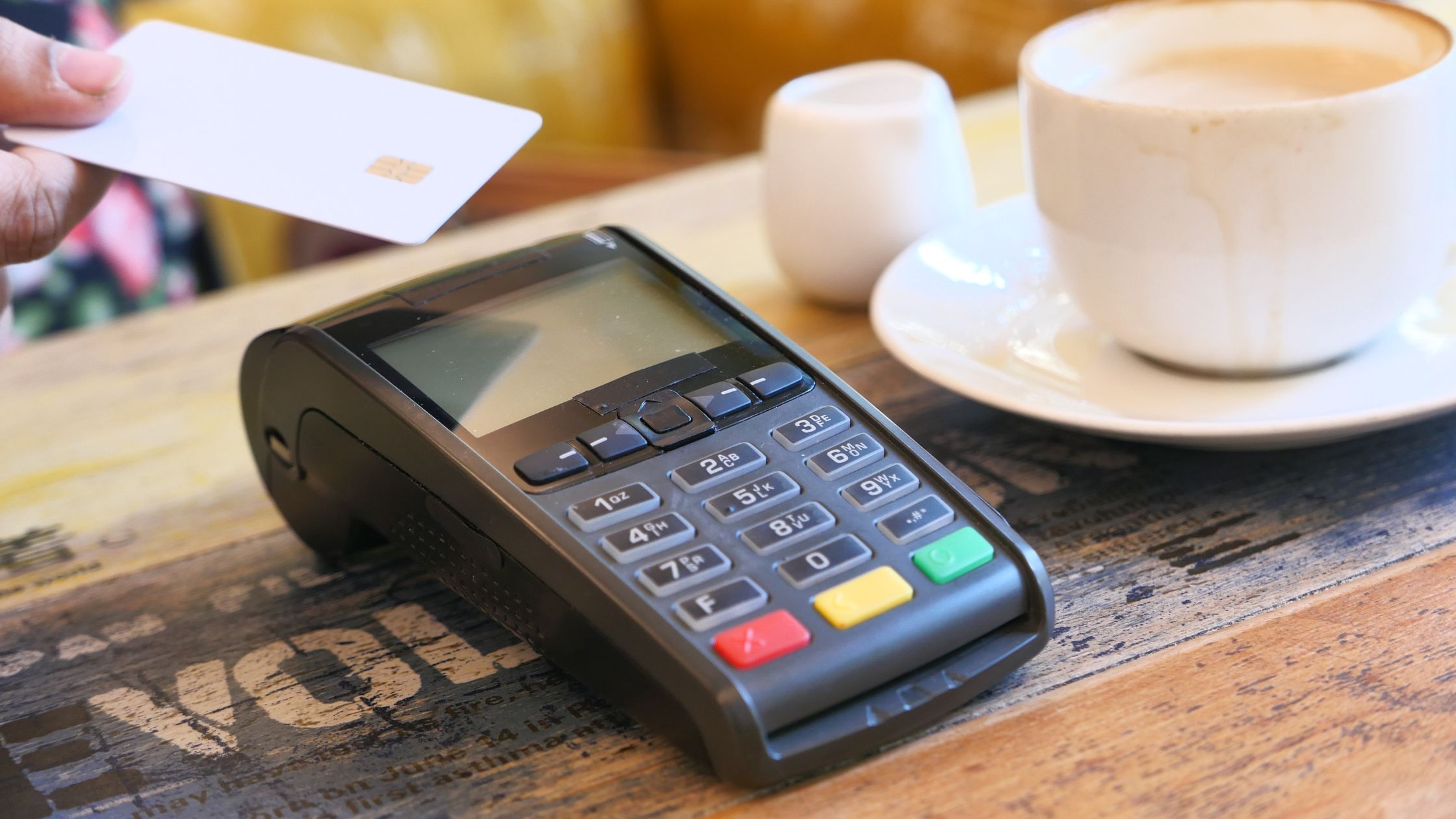Restaurants today need more than just order-taking. They require a system that tracks customers, monitors trends, and supports decision-making. Floreant POS offers exactly that: customer tracking. It helps restaurant owners understand customer behaviour, manage orders, and improve service quality. In this article, you will discover what makes Floreant POS stand out, how customer tracking works within it, and why businesses should adopt it.

What Is Floreant POS?
Floreant POS is an open-source point-of-sale system created specifically for restaurants. It offers a non-cloud, free software solution that users can download, modify, and use without hidden costs. Moreover, it supports essential restaurant operations like table management, kitchen printing, inventory, employee management, and order processing.
Floreant POS installs quickly—often in about 90 seconds. It works on many platforms (Windows, Mac, Linux) and supports touchscreen terminals, printers, and cash drawers. You get full access to the source code, so you can extend or adapt the software to your restaurant’s precise needs.
How Floreant POS Customer Tracking Works
1. Customer Identification
You record customer details—name, contact, preferences—when they place an order or make a reservation. Because Floreant POS handles user management and order history, it captures much of this data.
2. Order History & Behavior Analytics
Floreant lets you examine customer order histories. You see what items they order most often, at what times they visit, and how much they spend. That data reveals patterns. Thus, you can build targeted offers or loyalty programs.
3. Preferences & Feedback Tracking
The system logs preferences (e.g., dietary restrictions, favourite dishes) and special requests. Over time, you can tailor menus or service based on aggregated customer feedback.
4. Reporting & Insights
Floreant POS generates reports—sales per item, busiest hours, and revenue by shift. These reports help managers make informed decisions. You can spot declining items or rising trends early.
Key Features That Support Customer Tracking
- User Management: Assign roles to staff, track who served which table or order.
- Menu Programming: Modify menu items or categories; offer specials based on customer demand.
- Inventory Plugin: Monitor ingredients or items tied to customer favourites.
- Back Office & Reporting: Access dashboards, reports, and metrics.
- Offline Capability: Since Floreant POS does not require constant internet, you retain customer data even if connectivity is lost.
Benefits of POS Customer Tracking
When your restaurant uses POS customer tracking, you gain many advantages:
- Better Customer Satisfaction: You know customer preferences; you serve faster; you address complaints promptly.
- Targeted Marketing: You send promotions or discounts that match what customers already like.
- Improved Upselling: When you know a customer’s past orders, you can suggest complementary items.
- Reduced Waste & Optimized Menu: You phase out unpopular items; you focus on profitable ones.
- Increased Loyalty and Repeat Business: Personalization leads to loyalty.

Best Practices for Implementing Tracking
To get the most from Floreant POS, follow these practices:
- Collect Minimal but Relevant Data: Only ask for what you need (e.g., name, contact, preferences).
- Ensure Data Privacy and Compliance: Let customers know how you use their data; store it securely.
- Train Staff: Make sure servers or attendants understand the importance of entering accurate customer data.
- Use Reports Regularly: Review weekly or monthly reports to detect trends.
- Seek Feedback: Ask customers what they liked or disliked. Incorporate that feedback into operations.
Potential Limitations & How to Overcome Them
Even though Floreant POS offers many strengths in customer tracking, some limitations arise:
- Manual Data Entry: If staff skip entering customer details, tracking suffers. Train and enforce routines.
- Limited Native Marketing Tools: Floreant does not include built-in email campaign or loyalty program tools out of the box. You might integrate or use plugins.
- Analysis Sophistication: For advanced analytics (predictive, AI), you may require external tools to extract and process data.
Despite these, Floreant POS’s flexibility and open-source nature let you customize to overcome many limitations.
SEO-Friendly Considerations
To ensure this article reaches those interested in Floreant POS customer tracking:
- Use the exact phrase ‘Floreant POS customer tracking’ about 2-3 times in key places (title, introduction, conclusion).
- Use transition words (however, moreover, therefore, although, since) to improve readability and flow.
- Keep sentences active, avoid passive voice.
- Ensure content is original; avoid copying descriptions verbatim without rewriting.
Conclusion
In summary, Floreant POS customer tracking empowers restaurant owners to gain insights about customers, improve service, and drive loyalty. Its open-source design, offline capability, and robust reporting make it ideal for small and medium restaurants that require control and flexibility. When you implement it well, you boost revenue, reduce waste, and delight customers. For businesses seeking reliable POS tracking solutions, Floreant POS recommends seriously evaluating customer tracking for its transparency, adaptability, and effectiveness.

Frequently Asked Questions
Q1: Does Floreant POS store customer data locally or in the cloud?
A1: Floreant POS stores data locally by default. It does not require an always-on internet, so customer data remains under your control. You can back up or replicate it as needed.
Q2: Can I integrate loyalty programs with customer tracking in Floreant?
A2: Yes. Although Floreant does not include advanced loyalty tools built in, you can integrate third-party plugins or develop custom modules to implement loyalty or rewards systems based on tracked customer behavior.
Q3: Is the software suitable for large restaurant chains?
A3: Floreant POS scales well. You can use it across multiple locations, track orders, employees, and menus. However, for enterprise features (centralized cloud reporting, advanced analytics), you may need additional infrastructure or custom development.
Q4: How secure is customer data in Floreant POS?
A4: Floreant POS uses local databases and standard security practices. You must set up user permissions, protect backups, and ensure staff follow protocols. With proper configuration, customer data remains safe and private.







